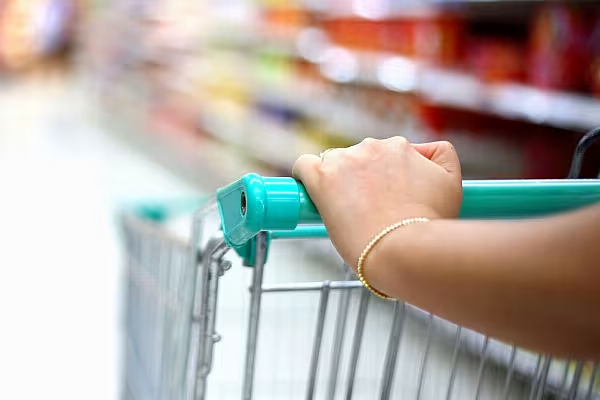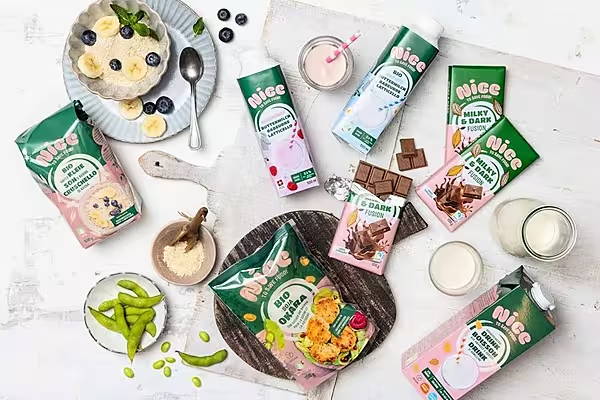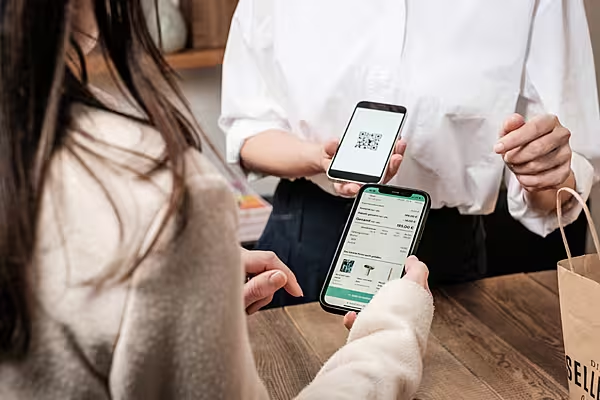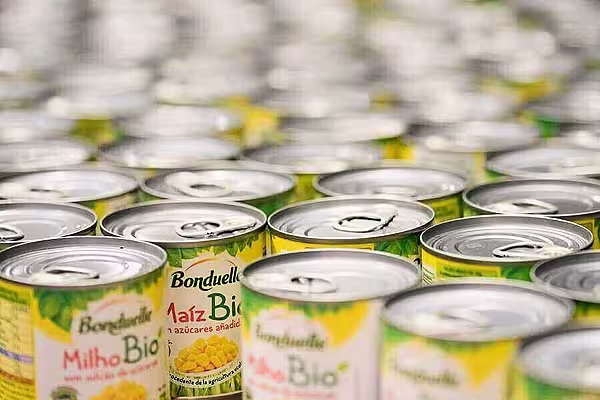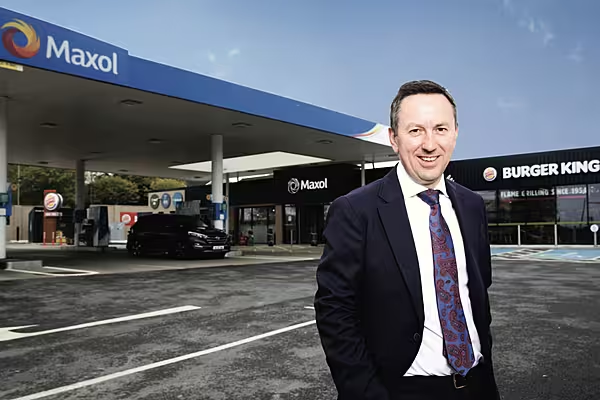Lindsey Mazza, Global Retail Lead at Capgemini, examines what the coming year has in store for the grocery retail market.
The last two years has seen more upheaval in the grocery sector than the previous twenty. Supermarkets have gone above-and-beyond to serve their customers during the pandemic, and setting a new standard for quality service in the process.
As customers, we’ve all been spoiled, and now demand the holy trinity of value, convenience, and choice every time we shop, whether this is in store or in the comfort of our own homes.
Satisfying consumers every step of the way – from the moment they select a product to when they receive their goods – is the new battleground, and the goal of balancing value, convenience and choice in a cost-effective way is expected to shape trends, from purchase to fulfilment, in the grocery market in 2022.
Expediting Delivery – The Last Mile
With ultra-fast delivery the jewel in the crown, major supermarkets must commit to rethinking their shipping and delivery plans for 2022 and beyond. Whether it’s delivery to doorstep, curbside or in-store pick up, how customers get their shopping in their hands quicker will be a vital differentiator.
Retailers will need to decide whether to pilot their own programs or lean on partnerships. For instance, Tesco is partnering with rapid-delivery company Gorillas to pilot ultra-fast delivery for customers. In the US, on the other hand, DoorDash, an online food delivery service, is employing more delivery workers to expand its offerings to New York City neighbourhoods.
Which route proves to be the most successful remains to be seen, and as more start-ups jostle for position within the ultra-fast sector, I’d expect supermarkets to switch up their approaches until they find the most efficient and cost-effective way.
Increasing Convenience And Choice Through Connected Commerce
Automation will play a major role in reducing the time spent on the picking process, which is integral to enabling both choice and convenience. Across Europe and the US, robotics companies and grocers are working to speed up their automated picking process to under two minutes.
Robots can pick and pack items from a selection of thousands in minutes, meaning customers can order from the parking lot and have their shopping delivered to their car within an ultra-fast timeframe.
The current trade-off for ultra-fast delivery means fewer SKU choices for consumers, so retailers will be vying to bring greater parity between their in-store, online, and ultra-fast delivery options. Those who can find the balance between selection of goods and speed of delivery will be leading the pack in 2022 and beyond.
Putting Digital At The Operational Core
Robotic picking technology is impressive, but only one part of the puzzle. Grocers will also need an agile digital operation at their core.
This boils down to having suitable back-end data analytics systems that can help retailers embrace dynamic fulfilment, pricing, and promotions and increase supply chain resilience, while ensuring that predictive customer insights are at the centre of every activity.
So what does this look like? First and foremost, the digital core needs to use an up-to-date inventory management system, so grocers can build flexibility into their fulfilment process.
For instance, if a customer’s full shopping list is not available from one fulfilment centre, they should be able to arrange to pick up items from a different warehouse or store and deliver to the same customer in minutes without having incomplete orders or substituted items.
A seamless shopper experience leads to increased consumer satisfaction, which will be a crucial differentiator in 2022.
In the US, data-driven agility is already present in the DIY sector, with big players such as Lowe's and Home Depot running such operations. This year I’d expect grocers both in Europe and the US to be trying to emulate these models.
Consumers Look To Make Healthy, Sustainable Choices
Throughout 2022, grocers must empower customers to make healthy and sustainable purchasing decisions. Our most recent consumer demand report found that, post-pandemic, some 69% of consumers will be more cautious about personal health and aim to make healthier purchasing decisions.
We also know that 72% of consumers want to adopt circular practices, but retailers are not yet facilitating the requisite convenience, access, information, and affordability for them to do so.
That’s why in 2022 grocers can play a greater role in empowering customers to make healthy and sustainable purchasing decisions.
Addressing these concerns and winning consumer trust will be a major battleground for grocers. There are now plenty of apps which let consumers discover a product’s health and sustainability credentials by simply scanning a QR code. What’s more, shoppers can even key in their preferences to select favourable products that fall within certain criteria. Grocers and retailers will be looking at developing their own offerings or partnering with app developers to make these a part of the shopping experience across their channels.
As the channels through which consumers interact with grocers continue to diversify, their demands for speed, accessibility, and choice will only intensify. Agility will be the big gun in the fight for supermarket business in the year to come (and likely beyond).
This will need to be powered through data, and a fully connected, convenient, fast and seamless experience from purchase to fulfilment. Those that can balance the cost of convenience will lead the industry.
© 2022 European Supermarket Magazine – your source for the latest Retail news. Article by Lindsey Mazza, Global Retail Lead at Capgemini. Click to sign up to ESM: The European Supermarket Magazine.
